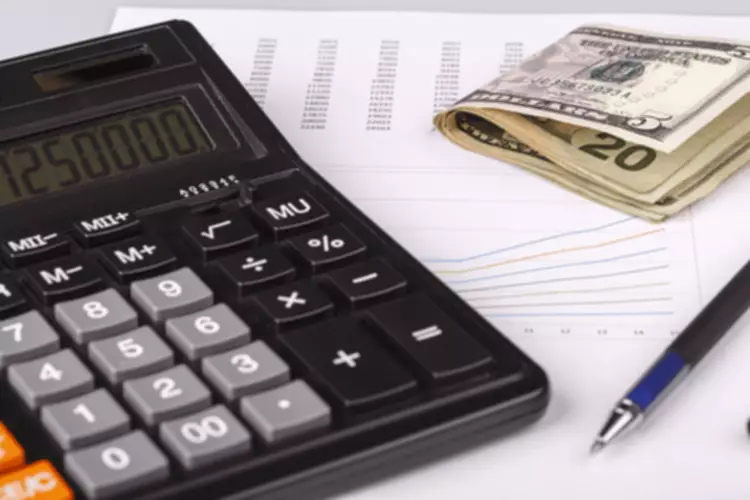Content

Setting the right price is essential since your efforts will be undone by not focusing on this. By the end of this article, you’ll be able to calculate your selling prices and the best techniques for implementing them.

This is why ecommerce companies that sell their own goods must calculate and monitor their cost per unit over time. Katana ERP manufacturing software helps manufacturers maintain control of inventory and costs in real-time.
Calculating Manufacturing Cost per Unit
Complete Controller is not affiliated with or endorsed by Intuit Inc. Complete Controller is solely responsible for the provision of all services on or accessed through this website. The following example outlines the steps and information needed to calculate Cost Per Equivalent Unit. In the company is one of the quickest ways to know whether the company is producing its product efficiently or not. Kristina is the Director of Marketing Communications at ShipBob, where she writes various articles, case studies, and other resources to help ecommerce brands grow their business.
If you’re starting a new business, then the break-even point will help you determine the viability of the endeavor. If you already have your business up and running, the break-even point will help you find areas to improve your business and profitability. Partners Merchant accounts without all the smoke and mirrors. Earn your share while providing your clients with a solid service.
What Happens to the Breakeven Point If Sales Change
For instance, a professional wholesale distributor can offer attractive rates for inventory replenishment. Remember that wholesalers or suppliers need a minimum order quantity per inventory. However, if you can invest more in your inventory upfront, the chances of getting discounts will be more. Cost per unit offers insight into how much it costs to produce a single item, receive new inventory, store it, and fulfill and ship it.
What is cost per unit?
Cost per unit, also called cost of goods sold or cost of sales, is how much money a company must expend to produce one unit of product to sell. It is often included in financial statements.
https://www.bookstime.com/ on a building, for example, needs to be paid whether you are producing anything or not and is therefore a fixed cost. To calculate the monthly cost of equipment purchases, divide the cost of the equipment by its estimated life cycle. Of course for a company to be profitable, it must have sufficient sales revenues to cover both the product costs of the units sold and the other expenses of the accounting period. The fixed cost per unit is the total amount of FCs incurred by a company divided by the total number of units produced. If you add up everything you spent over the course of the month, it equals $4,000 in total costs. Then factor in all the tacos you sold throughout the month — 1,000 tacos. Each taco costs $3 to make when you consider what you spend on taco meat, shells, and vegetables.
Methods to Calculate Cost Per Unit
Continual reference to How to Calculate Cost Per Unitants is advisable because your simple goal is to sell as many units as possible of your product at a price that is both competitive and profitable. On the other side of the profit and loss account, costs need to be controlled as tightly as possible with variable converted to fixed whenever it is feasible. Your cost-per-unit calculation includes the cost of logistics.
What is unit price and unit cost?
Unit Price is a measurement used to indicate the price of particular goods or services to be exchanged with customers or consumers for money. It includes fixed costs, variable costs, overheads, direct labor, and a margin of profit to sustain the business activities and earnings of the organization.
But if sales are through the roof, variable costs will rise drastically. What your company should aim for are low variable costs that enable larger margins so your business can be more profitable. Now that you know that fixed costs are what you’re required to pay regardless of sales or production, what are the costs that fluctuate as your business grows? Fixed costs will stay relatively the same, whether your company is doing extremely well or enduring hard times. As production or sales fluctuate, fixed costs remain stable. Think of them as what you’re required to pay, even if you sell zero products or services.








